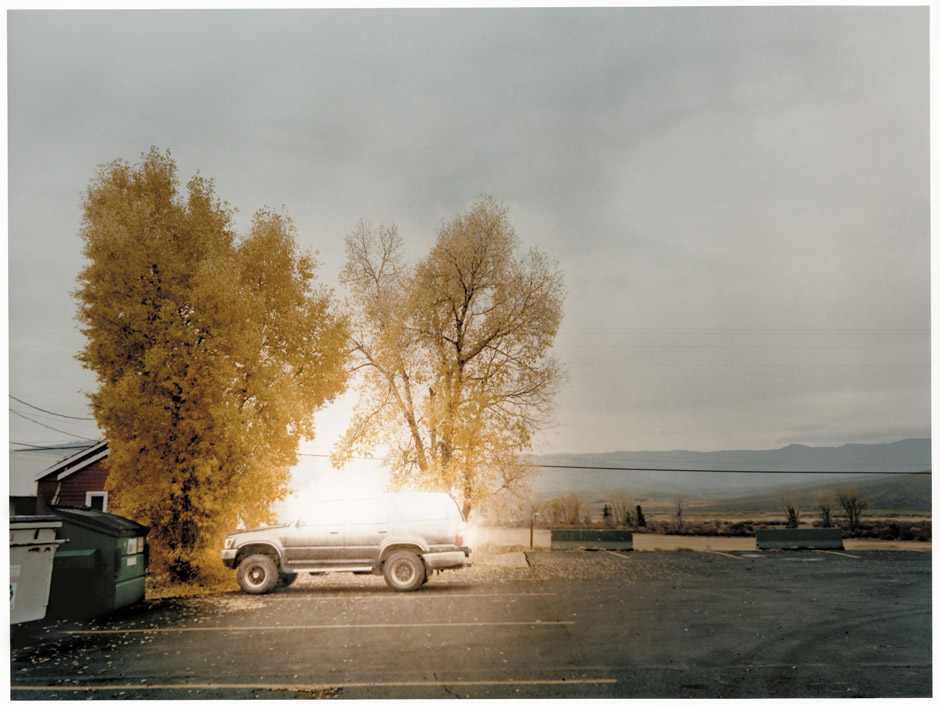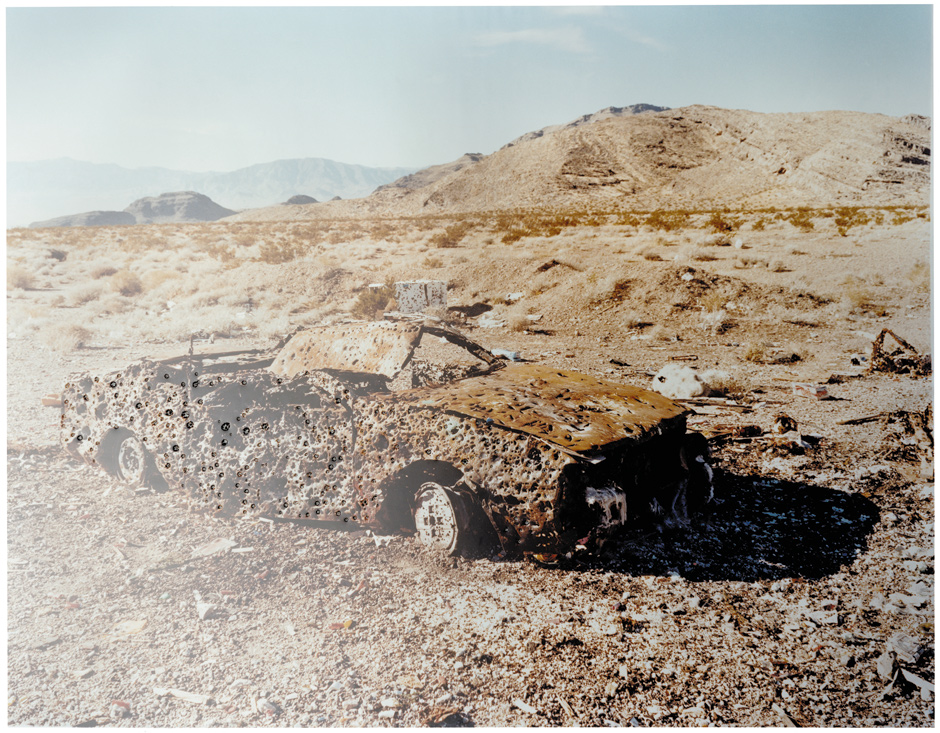[Notes et autres liens internet]
« Le monde des objets est-il le nôtre ? Un objet reste-t-il un objet quand il n’y a personne pour le regarder ? A quoi ressemble leur monde ? Devant nous, à côté de nous, autour de nous, pas sûr qu’ils aient un monde à eux indépendamment du nôtre, mais ce qui est sûr, c’est que notre monde est inconcevable sans eux. Par nous, ils sont manipulés, fabriqués, décrits, chantés, détruits, ignorés, adorés. L’homme est maître des objets, c’est pourquoi il craint de devenir leur esclave. Coupable idéal de tous les maux entre les hommes, l’objet est un bouc émissaire en or responsable de la folie des temps modernes.
Mais les objets, par définition, ne sont pas nés d’eux-mêmes, et avant de créer de nouveaux besoins, ils en ont assouvis certains… qu’est-ce un objet pour l’homme ? Si on lui gifle une joue au nom de la désagrégation du lien humain, il tend la seconde à Francis Ponge qui en fait le lieu d’une poésie inouïe. Si on l’envoie dans l’espace, outil suprême pour conquérir l’univers, il redescend sur terre, sous forme de chaises qui changent ses pieds contre des jambes humaines. L’objet a mille figures, réceptacle commode du fantasme humaine d’être autrement, d’être ailleurs, de n’être plus homme, pour une fois. »
Heidegger, Ponge, Kant, Perec.
Miner’s jacket with campaign badges.
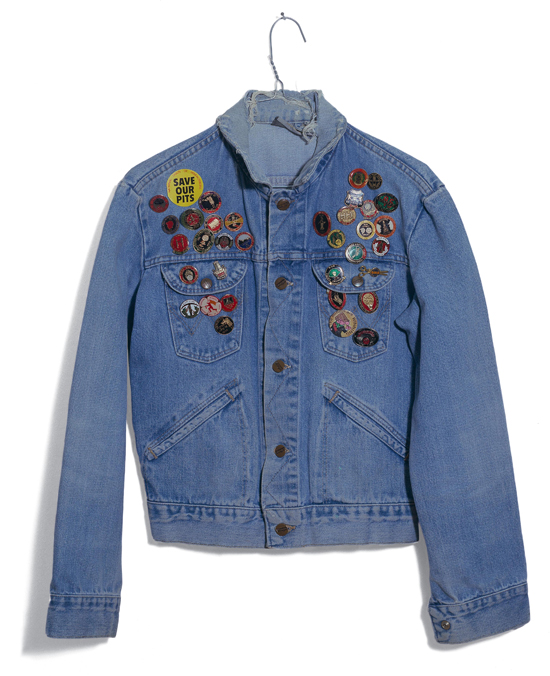
Sophie Ristelhueber.
http://www.lespressesdureel.com/ouvrage.php?id=1177
Fait, 1992.
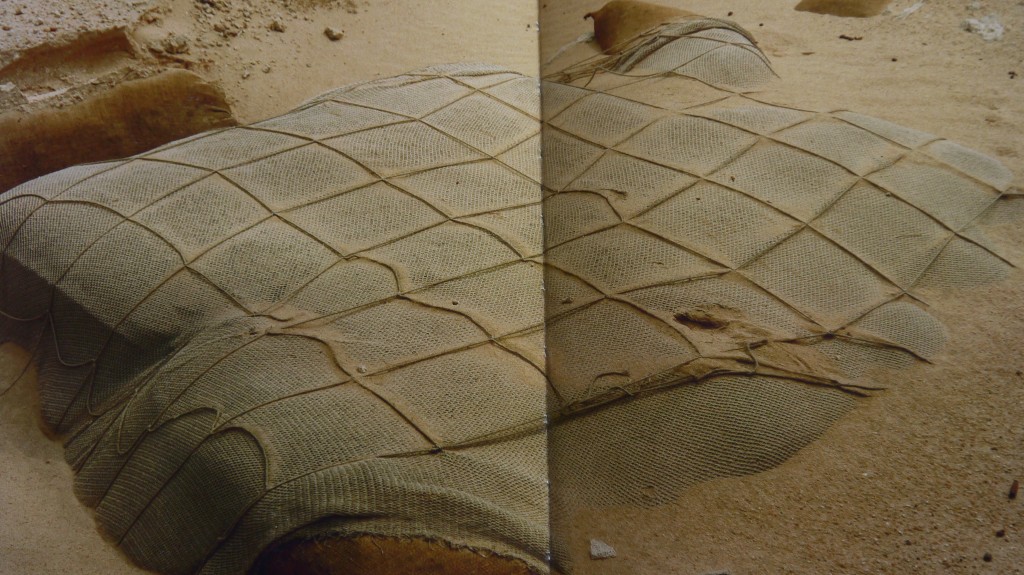
WB, 2005.
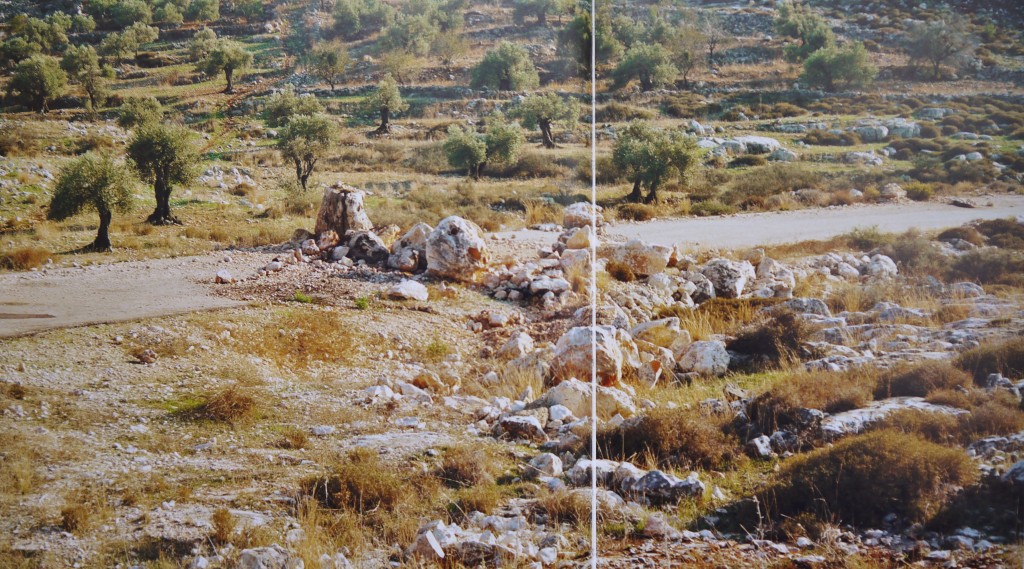
The Great Unreal,
Together with book designers Megi Zumstein and Claudio Barandun, what emerged is an unmitigated picture book that makes a visual journey possible without any instructions. It comprises narrative image sequences that approximate the curiosity and restlessness of being on the move and, at the same time, depict associative connections with the American landscape.
